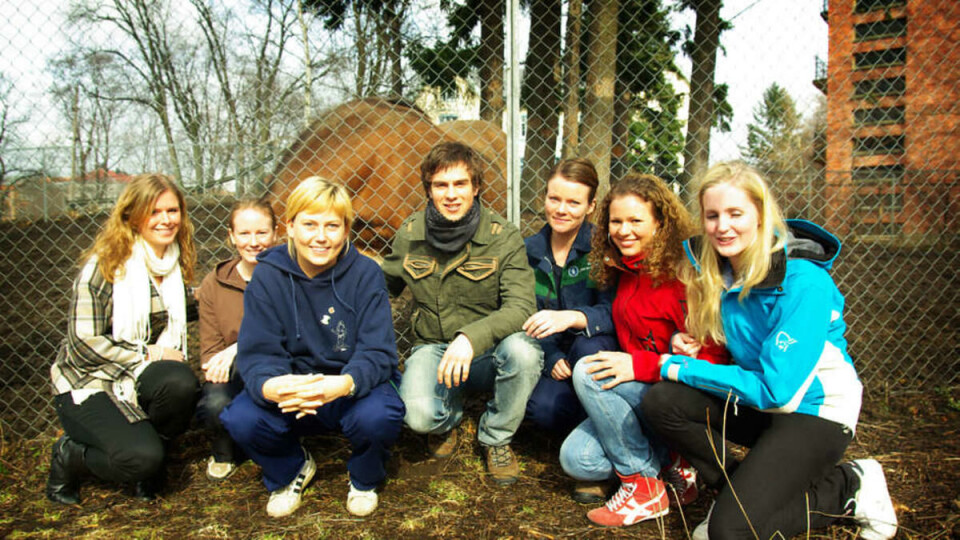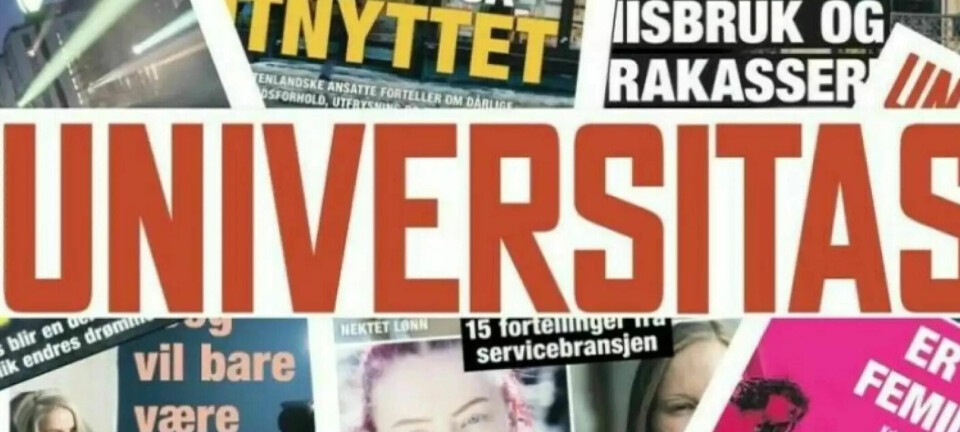Decline in women in scientific positions
Recent numbers show a decline in the percentage of women in research and teaching positions in scientific subjects and social studies since 2005. Now, the government opens for earmarking of temporary scientific positions for women.

– You can’t simply sit back and wish for things to change. The comment was made by the Minister of Research and Higher Education, Tora Aasland, last Friday, as she made it clear that the government would like to open for earmarking of temporary scientific positions for women.
The government primarily wants to go in for earmarking of post-doc positions in scientific subjects, where the proportion of female scientific staff is especially low.
Recent, preliminary numbers from NIFU STEP, show that on the national basis, the scientific subjects still have the lowest share of women. Only ten per cent of the professors in natural science are women, and the percentage of women in post-doc positions within scientific courses has fallen from 34 to 30 per cent since 2005.
Even though the scientific subjects are at the bottom of the heap, it is in the social studies that we find the most progressive fall in percentage of women in post-doc positions since 2005, with a decline from 54 to 47 per cent. The percentage of women in professorships, however, has gone up with three per cent.
The average share of women in post-doc positions is still at 47 per cent (the same as in 2005), which means that the fall from 50 per cent in 2003 has not been reversed.
– Good news
Per Anders Langerød, President of the National Union of Students in Norway, is happy that the government has decided to earmark positions for women.
– More women in academia will raise the professional quality. Besides, it is a manner of principles, he says.
Langerød stresses that in order to have progress in a research community you need different perspectives, something which comes through diversity.
– It is natural that a researcher with a background in mechanics will think differently than a researcher with a background in teaching, he adds.
– Disagrees
Member of the Standing Committee on Education, Research and Church Affairs, Jon Jæger Gåsvatn from the Progress Party (Frp), on the other hand, does not feel that earmarking is the way to go.
– We know that there are few women in senior posts in academia, but policy instruments such as gender quotas are not the right way to change this.
Gåsvatn believes that the best approach would be an active recruiting program and good personnel policies, and he goes on to focus on the importance of qualifications rather than sex. In order to improve gender equality, he suggests a change in recruitment policies that includes anonymity, something which is already being done in the USA. By doing this, it will be possible to avoid those who exclusively hire men.
– We need to put more research into this in order to find the reasons behind the gender gap. Then we can start making measures to bridge it. Today, people are expressing strong opinions in areas they know little about, before implementing measures that they believe will fix everything, Gåsvatn says.
Mat.Nat takes action
Inga Bostad, Vice-rector at the University of Oslo (UiO) strongly disagrees with Gåsvatn. She has long been in favour of gender quotas, and says that the earmarking of temporary scientific positions is based on statistics and not on «someone’s strong opinions».
– In Norway, as in the rest of Europe, there is an under representation of women. If we want women to stay in their positions, we need to create a female environment. There is a lot of qualitative research that supports these facts, she says, and adds:
– If you want women to apply, you need to have women there already.
But Bostad agrees that more research is needed in order to find out what measures really work. And she also admits that earmarking in some ways can be seen as a failure, and would have wished for gender equality to come about in other ways.
The Faculty of Mathematics and Natural Sciences (Mat.Nat) at UiO, the one with the lowest percentage of women, is trying to do just that. The faculty is participating in a project called Women in Sciences, which is trying to find the best way to make women stay at the faculty, and how to recruit more.
Anna Vibeke Lorentzen, gender equality adviser at UiO, says that Mat.Nat received more funds to promote gender equality than any of the other faculties in 2008.
– Some of the money is targeted women. For instance, there is a travel grant exclusive to women, money to promote women to remain in the system after post-doc, and for allowing them time off teaching to get their research underway and aim for a professorship, she says.
































